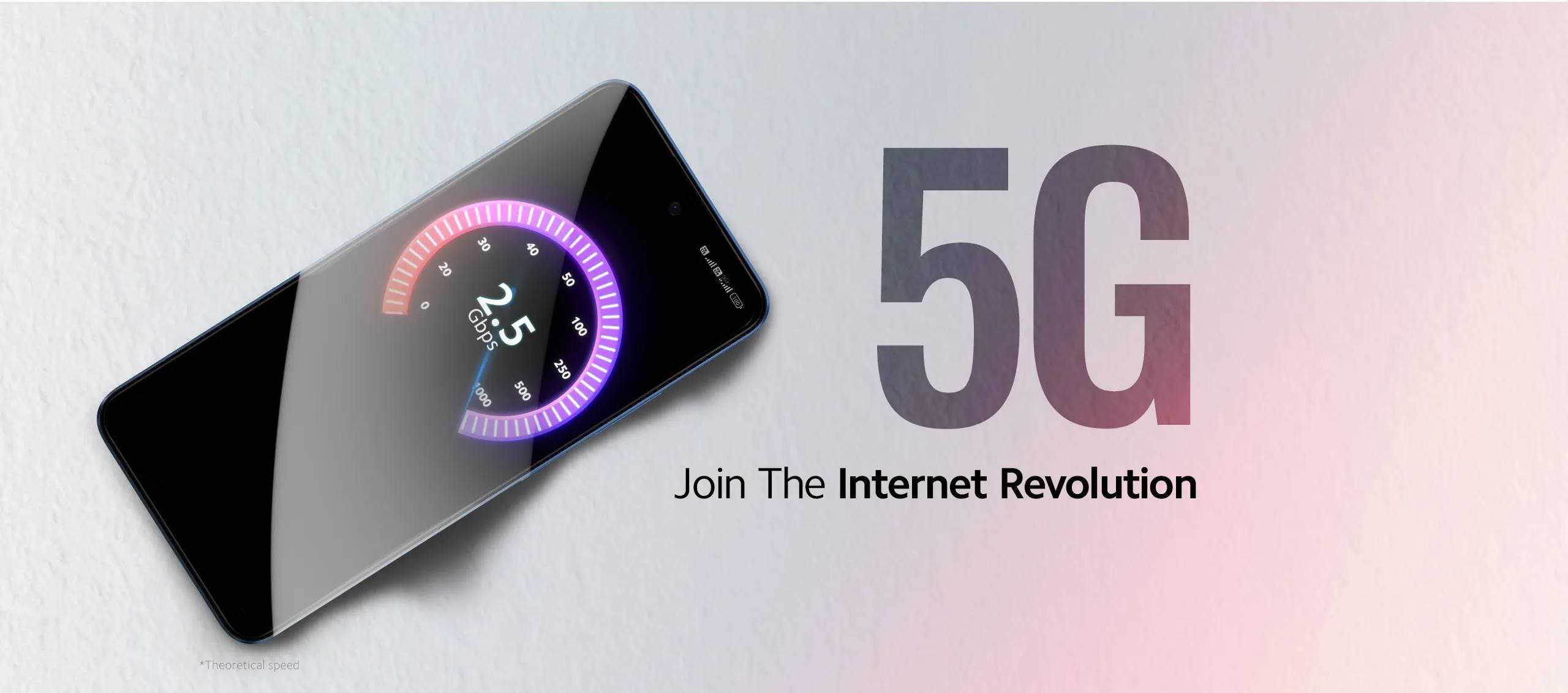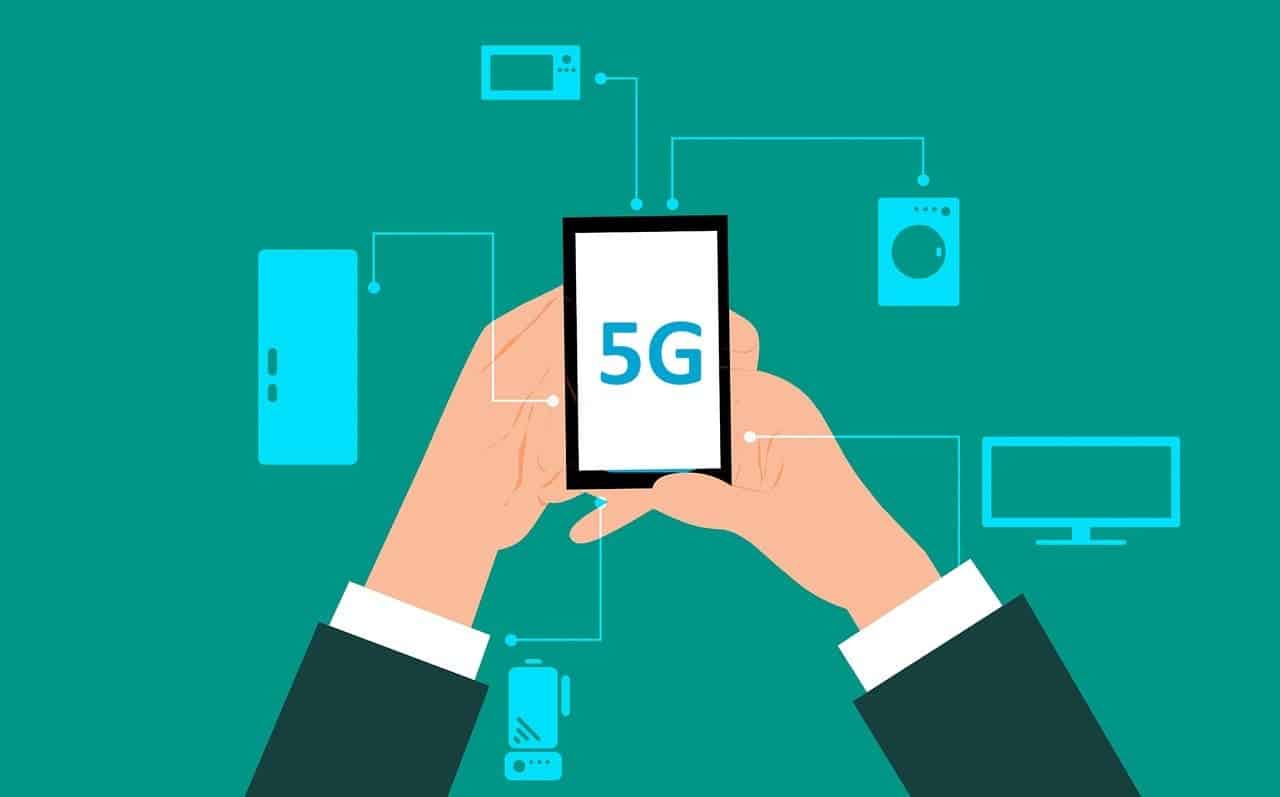Since the official launch of the 5G network in 2019, China has been in front in terms of the number of 5G users. However, not all 5G users have an active 5G plan. In China, the three major operators recently announced their operating data for March. The result reveals that by the end of March 2023, the number of 5G package users on the entire network exceeds 1.2 billion. This is much more that the number of 5G users in the rest of the world.

Among them, the number of China Mobile 5G package users hit 689.235 million. The number of China Telecom 5G package users is 283.21 million. Also, the number of China Unicom 5G package users hit 223.81 million. Of course, there are another 8.7 million 5G users that use China Radio and Television, the fourth largest operator in China. This means that the total number of 5G users in China alone exceeds 1.2 billion.
History of 5G network globally
The 5th Gen of wireless tech, known as 5G, is the latest tech in wireless communication. The tech promises faster internet speeds, lower latency, and greater connectivity. This enables faster data transfer and real-time communication. Since its inception in 2019, 5G has seen huge adoption worldwide. Let us examine the history of 5G in terms of regions and the number of subscribers.
Asia-Pacific:
The Asia-Pacific region has been leading the 5G race, with South Korea and China being the first countries to launch commercial 5G services in 2019. According to a report by the Global System for Mobile Communications Association (GSMA), the Asia – Pacific region will have the largest number of 5G users by 2025. It will account for almost two – thirds of the global 5G network.

As of 2021, China has the largest number of 5G subscribers, with over 400 million users. By 2022, this number increased to 900 million and now, it’s over 1.2 billion. Japan, South Korea, and Australia are other countries in the region that have made significant progress in 5G adoption.
South Korea launched its commercial 5G network in April 2019, making it the first country in the world to offer the service. The country’s three major carriers, SK Telecom, KT, and LG Uplus, have since expanded their 5G networks to cover most major cities. As of Jan 2021, South Korea had over 11 million 5G users. This accounts for over 20% of the country’s mobile users. By the end of 2022, South Korea had over 28 million 5G users.
Japan launched its 5G services in March 2020, with NTT Docomo, SoftBank, and KDDI being the major carriers. The country has been slow to adopt 5G, with the tech facing several issues with the rollout. As of Feb 2021, Japan had over 4 million 5G users. However, by 2022 it has over 53 million users. There are reports that Japan will have over 100 million users by the end of this year.
North America:
The United States and Canada have also made huge strides in 5G deployment, with major carriers launching 5G services in 2019. According to the GSMA, North America is expected to have the second-largest number of 5G users by 2025. It will account for around 20% of global 5G users. As of 2022, there are about 150 million 5G users in North America.
The United States launched its 5G services in early 2019, with Verizon being the first carrier to offer the service. Other major carriers, including AT&T and T-Mobile, followed suit later in the year. As of February 2021, the United States had over 80 million 5G subscribers, accounting for over 20% of the country’s mobile subscriptions. By 2022, this number had increased to over 100 million. Canada also launched its 5G services in 2019, with the major carriers being Bell, Rogers, and Telus. The country has been slow to adopt 5G, with limited coverage in most major cities. As of February 2021, Canada had over 1 million 5G subscribers but the number is now over 3 million.

Europe:
Several EU nations, including the UK, Germany, and Spain, have launched 5G services, with the rollout accelerating in 2020. According to the GSMA, Europe is expected to have the third – largest number of 5G users by 2025. As of 2021, there are over 25 million 5G subscribers in Europe but this figure is now over 80 million.
The United Kingdom launched its 5G services in May 2019, with EE being the first carrier to offer the service. Other major carriers, including Vodafone and O2, followed suit later in the year. As of February 2022, the UK had over 3 million 5G subscribers. Germany launched its 5G services in mid-2019, with Deutsche Telekom, Vodafone, and Telefonica being the major carriers. The country has been slow to adopt 5G, with limited coverage in most major cities. As of February 2022, Germany had over 5 million 5G subscribers.
Middle East and Africa:
The Middle East and Africa region is also starting to see 5G deployments, with countries such as the UAE and Saudi Arabia launching commercial 5G services in 2019. According to the GSMA, the region is expected to have over 70 million 5G connections by 2025. The United Arab Emirates launched its 5G services in 2019, with Etisalat and Du being the major carriers. Saudi Arabia also launched its 5G services in 2019, with Saudi Telecom Company and Mobily being the major carriers. In Africa, nations like South Africa, Botswana, Seychelles, Zimbabwe, Madagascar, Lesotho and Egypt all have 5G service.
Latin America:
5G is still in the early stages of adoption in Latin America, with several countries including Brazil and Mexico launching pilot projects in 2020. According to the GSMA, the region is expected to have over 60 million 5G connections by 2025. As of 2021, the number of 5G subscribers in Latin America is relatively small.
Brazil launched its 5G services in July 2021, with Claro being the first carrier to offer the service. Other major carriers, including Vivo and TIM, followed suit later in the year. As of September 2021, the number of 5G subscribers in Brazil is still relatively small.
Mexico launched its 5G services in late 2020, with Telcel and AT&T being the major carriers. As of September 2021, the number of 5G subscribers in Mexico is still relatively small.

Conclusion:
In conclusion, the adoption of 5G has been widespread since its inception in 2019, with significant progress made in Asia-Pacific, North America, and Europe. China has been leading the 5G race, with over 1.2 billion subscribers as of now. The United States and the United Kingdom also have a good number of users. The Middle East and Africa region and Latin America are still in the early stages of adoption, but the number of 5G users is expected to grow rapidly in the coming years. Overall, the number of 5G connections is expected to exceed 3 billion by 2025.





